A major shift is occurring in artificial intelligence – from analytical systems to creative ones that generate novel content like text, art and media on their own. Early examples like DALL-E images and ChatGPT text provide a glimpse of the enormous potential ahead as generative AI diffuses across industries. But to avoid potential downsides, integrating creative AI responsibly remains crucial. This guide examines considerations and best practices for business leaders adopting this technology.
What is Creative AI?
Most AI today is reactive – identifying patterns in data for classification, predictions, recommendations. Creative AI goes further by proactively inventing completely new outputs like:
- Text generation – algorithms like GPT-3 create original written content. They are trained on vast datasets of books, articles and online writings to learn linguistic patterns enabling AI authors.
- Image generation – systems like DALL-E produce new photorealistic images and art by analyzing visual concepts in massive image databases. Users provide text prompts and parameters.
- Video generation – tools like Runway ML synthesize short animated videos from simple text descriptions of scenes, actions, objects and styles.
- Voice generation – advanced AI mimics human voices and accents by studying speech data. Useful for assistants.
- Music generation – algorithms compose new melodies and instrumental tracks based on desired genres, moods and keywords.
- 3D model generation – AI can design 3D objects, furniture, architecture and industrial parts from specifications.
- Code generation – AI models generate functional software code matching parameters like output needs, data sources, platforms.
By artificially imagining new creations rather than just recognizing existing patterns, these models unlock exponentially greater applications – from personalized content to rapid prototyping. Their generative abilities are constrained only by data inputs, training paradigms, and computing power.
High-Potential Business Applications Here are some promising business uses of creative AI:
- Automated document drafting – generate customized content like business reports, product descriptions and blog posts tailored to themes faster than human teams. AI cannot yet match true subject matter experts, but productivity gains remain substantial.
- Data visualization – instantly produce charts, graphs, infographics and dashboards conveying key insights from structured data. Creative AI brings analytics to life automatically for quick business comprehension.
- Interactive product customization – consumers input preferences and receive AI-generated photorealistic visuals of personalized products. Enables customized ecommerce and on-demand manufacturing.
- Video/animation content – automate creation of marketing explainers, tutorials, and advertisements tailored to target audiences by generating video based on outlined concepts and scripts.
- Voice assistant personalization – apply generated voices to chatbots, interactive agents and other assistants to enhance naturalness, personality and diversity.
- Rapid prototyping – accelerate design sprints by quickly generating 3D models, architectural renders, app/product wireframes and UI mocks from concept directions. Allows more iteration.
- Workflow enhancement – use smart assistants to synthesize and summarize documents, analyze data, handle simple requests and other repetitive tasks. More consistent than human admins.
The key is providing creative AI systemic direction while preserving human oversight over final curation and release.
Considering the Risks
However, there are also risks requiring mitigation:
- Output quality issues – monitor for inaccurate facts, grammatical errors, data misrepresentations, unfair biases and toxic content requiring review and editing. AI cannot yet match human subject matter experts.
- Information security – prevent confidential data exposure by scrubbing inputs to generative models and locking down access.
- Legal compliance – navigate complex needs across copyright, data rights, disclosure laws. Varies by content type, jurisdiction.
- Ethical concerns – guard against potential dehumanization, emotional manipulation, lack of transparency, and social biases perpetuated by algorithms.
- Job disruption – provide transition support through retraining and job placement assistance to roles made redundant like entry-level analysts, online marketers and content administrators.
- Overreliance – maintain appropriate human oversight and control for ethical accountability. Don’t let pursuit of efficiency displace good judgment.
By addressing these areas proactively, the benefits can be captured prudently.
Best Practices for Integration Here are some best practices for integrating creative AI responsibly:
- Maintain human creative direction – let AI generate draft outputs, humans finalize content through reviews, editing and curation. Find optimal balances between automation and craft.
- Conduct manual reviews pre-release for quality, accuracy and ethics. Don’t fully automate end-to-end.
- Engineer transparently – enable visibility into how AI systems produce outputs. Explain key data sources, logics, uncertainties.
- Establish strict appropriate use guardrails – govern outputs to align with brand values across dimensions like audience, tone, diversity, accuracy.
- Scrub training data – filter any legally protected personal data, trade secrets or IP from inputs to creative models.
- Watermark outputs – disclose AI-created content through watermarks, labels and self-identification where applicable.
- Continuously monitor outputs – conduct spot checks for issues requiring improvement like inaccuracies, toxicity and plagiarism. Rapid iteration matters.
- Install ethics principles upfront – build in ethical considerations starting at the design phase just as with any impactful technology. Incorporate external perspectives.
The possibilities of creative AI are vast if guided responsibly. With ethics and vision, business leaders can shape this technology to expand creativity, productivity and knowledge rather than peril.
The Future with Creative AI
This next era of AI represents an inflection point. Handled poorly, generative models could displace jobs and humanity. But cultivated positively, they could empower entrepreneurs, democratize creativity, and make insights and customization accessible to all.
With prudent oversight and stewardship, business leaders have an obligation to direct this transformational technology toward improving lives broadly rather than concentrating gains. Prioritizing human-centric design is key.
Much remains unpredictable, but our collective future trajectory depends on the cultural and ethical foundations we instill today. With wisdom and care, we can writing the next chapter of technological progress – but in service of human progress. The responsibility before us is immense, but so is the potential if we meet this moment with purpose.




